Building a successful bonfire is an essential allotment skill to master. A flaming pyre is just the ticket to rid an untidy plot of uncompostable gardening detritus collected during the growing season, and you may also have the inclination, on a cold winters afternoon, to toast a bag of marshmallows*, roast a few chestnuts** or even bake a couple of foil wrapped spuds***
It’s not just a case of waving a match at a pile of sticks you know… Attaining a half-decent blaze can be fraught affair for the unitiated. To save your curses and wasted matches, here are our 5 steps for a roaring success, as demonstrated via the medium of savoury snacks (due to health and safety concerns).
FIVE STEPS TO BONFIRE NIVANA
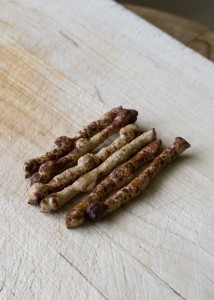 1. Make a base with a layer of medium sticks.
1. Make a base with a layer of medium sticks.
This will keep your kindling dry if you are building your bonfire on wet ground. Also, those in the know will note it as the halmark of a professional pyro thus earning you invaluable allotment cred.
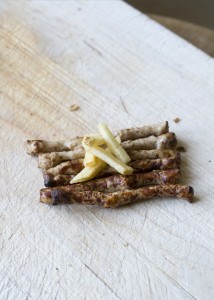 2. Bunch up your kindling and seat it on the platform.
2. Bunch up your kindling and seat it on the platform.
Bone dry leaves should do the trick but if you can’t lay your hands on any, scrunch up some newspapers for a twisted firestarter.
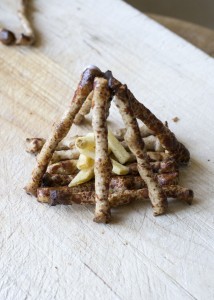 3. Arrange smaller twigs in a teepee shape around the kindling. Like this.
3. Arrange smaller twigs in a teepee shape around the kindling. Like this.
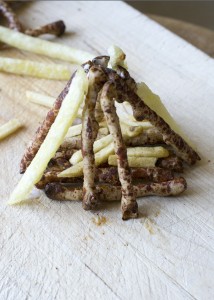 4. Build up larger wood and branches around your woody teepee, but don’t pack it too tight… your fire needs oxygen to thrive.
4. Build up larger wood and branches around your woody teepee, but don’t pack it too tight… your fire needs oxygen to thrive.
5. Time to ignite! You can get all ‘Raymond Mears’ with a flint and stone if you like, but we prefer the traditional approach – a bic lighter or swan vesta.
Essential Bonfire dos and don’ts
Do
Use dry fuel
Dry is best, and dead wood burns better than freshly cut twigs. Store any potential bonfire fuel under a tarpaulin on your allotment, ready to whip out when the pyromanic urge is strong.
Do
Build it tall.
A flatly assembled fire will tend to smoulder, whilst a tall, well-constructed bonfire (see above) will blaze as if Arthur Brown himself had constructed it.
Do
Check for wildlife
Hedgehogs and similar furry rodents have an inbuilt, suicidal desire to crawl under pending bonfires, so check before ignition.
Don’t
Add too much greenery.
Adding greenery to a bonfire will cause billowing smoke and almost certainly label you ‘allotment enemy number one’ as your stinking plume wafts across neighbouring plots. Save the green stuff for dusk, or at the very least, check the wind direction.
Don’t
Pack it too tight
Ensure your woody construction is open enough to allow oxygen to flow through and feed the flames, yet close enough to allow heat to transfer from one stick to the next.
Don’t
Be stupid
Never use petrol or any other flammable liquid to ‘get it going’. Never. Ever.
3 Superb Bonfires of History (and tv)
The Great Fire of London.
Date: 1666
Location: Pudding Lane
Careless baker gets his oven timings all wrong and burns down half of london. Easily done.
This link here tells you all about it. Take it away, creepy grandad…
http://youtu.be/VarSSAwiimU
The trial of Joan of Arc
Date: 1431
Location: Rouen (just outside the town hall)
Maybe not the happiest of events for Joan, but a great historical example of a finely constructed, upright bonfire. This event also inspired Andy McCluskey**** to write the great (albeit dated) Maid of Orleans – and stands to this day the only recorded example of a use for the bagpipe setting on an electric keyboard.
http://youtu.be/H6WSUSsi2GE
The Wickerman.
Date: 1973
Location: The cliffs, Summerisle.
Sitting at the very vanguard of bonfire builds; bloke-shaped and stuffed with various varieties of squealing meats. Those Summerislanders sure know how to throw a party.
http://youtu.be/PR0H2PHb0oE
*not a euphemism
**not a euphemism
***a euphemism
**** was responsible for OMD and, er, Atomic Kitten (!)
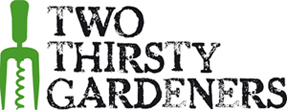

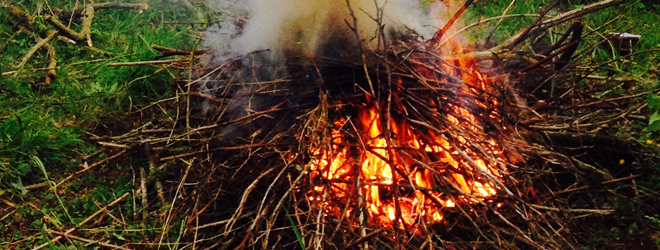
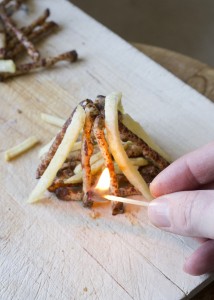

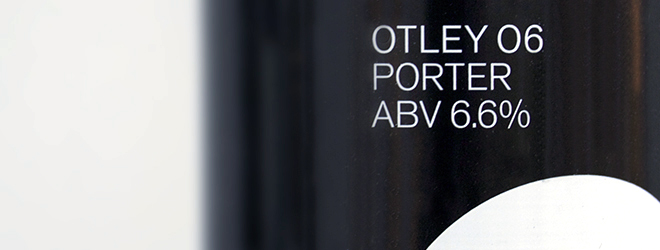
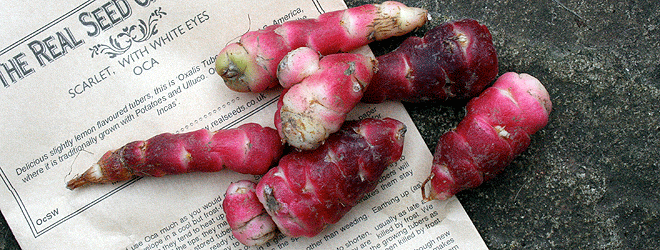



This cheered me up no end! the world needs lads like you to give it a good smile or two. Thanks… now for making my own bonfire.
Janice
Thanks Janice, that’s very kind of you.
May your bonfire burn fiercely (but in a safe, controlled manner)
Best wishes
Rich